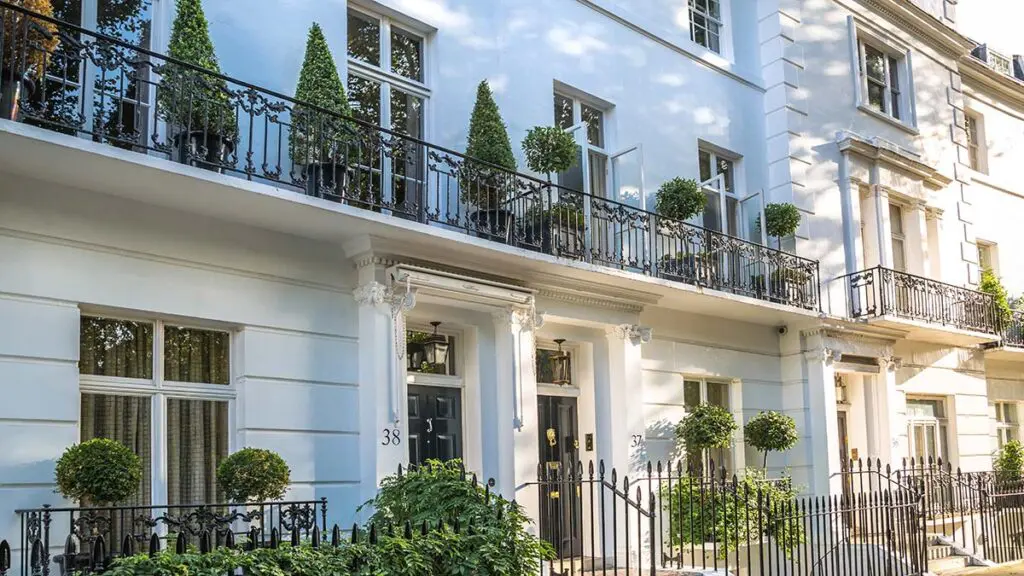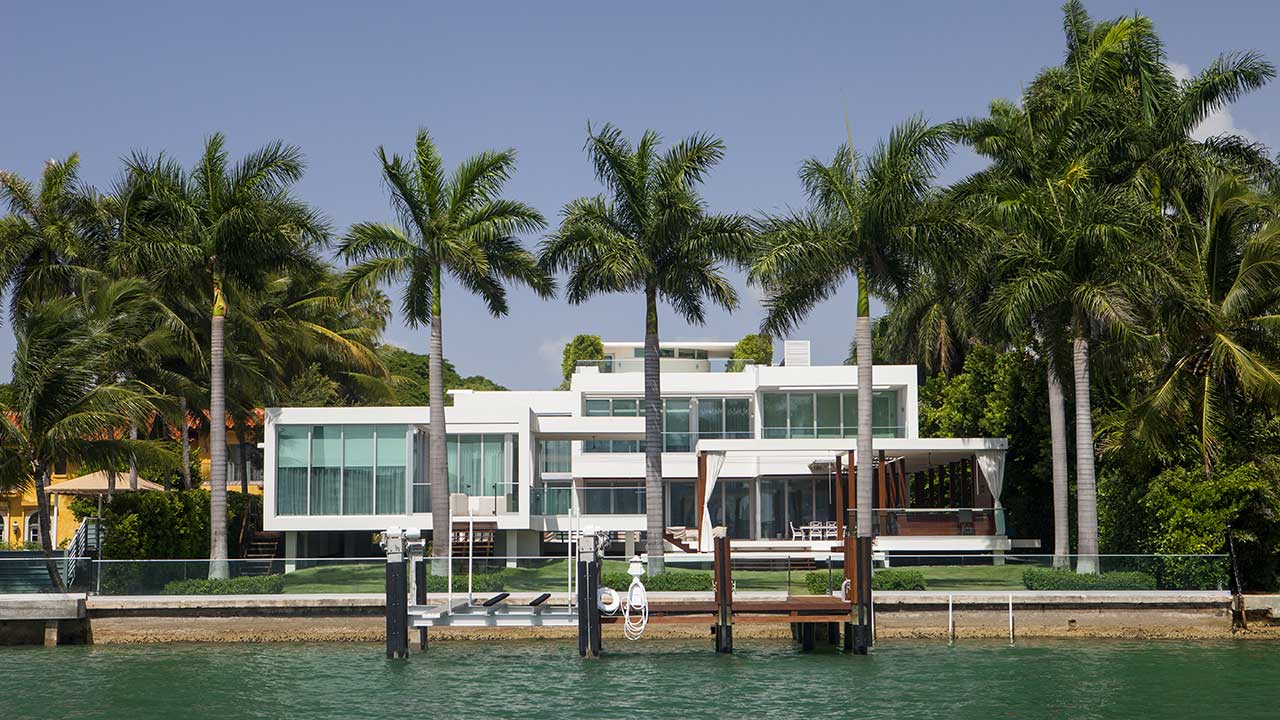A dramatic shift is underway at the top of London’s property market, as high-net-worth individuals — both foreign and domestic — increasingly shun property purchases in favour of ultra-luxury rentals.
The change, driven by eye-watering stamp duty charges and the Chancellor’s abolition of non-dom tax status, is reshaping the very foundations of prime central London real estate — and generating record-breaking returns for landlords.
Stamp duty and tax reform drive the exodus from ownership
The government’s latest tax reforms — particularly the abolition of the non-dom tax regime by Chancellor Rachel Reeves — have prompted many ultra-wealthy individuals to reassess their UK residency and financial exposure. For those considering buying prime London real estate, the combined hit of up to 19% stamp duty on purchases and global tax liability is proving a step too far.
New figures from Beauchamp Estates, based on LonRes data and the firm’s own transactions, show the luxury rental market is booming. In the first half of 2025, a staggering 1,588 deals were agreed for properties renting at over £1,000 per week, generating £82.8 million in rental income — a 154% year-on-year increase.
At the extreme end, a townhouse near Berkeley Square in Mayfair was recently let for £75,000 per week (£325,000 per month), while another property on Mansfield Street in Marylebone fetched £112,000 per month.
The surge isn’t just about evading stamp duty. For many, it’s a deliberate lifestyle choice. Renting offers the flexibility to move frequently, avoid long-term exposure to volatile property markets, and remain lightly tethered to London while domiciling elsewhere.
Jeremy Gee, managing director at Beauchamp Estates, explains: “The political decisions of Donald Trump, the Saudi crown prince, UAE president and Israeli prime minister have had a significant impact on London’s luxury lettings market — generating a wave of new international tenants.”
While Americans are now the largest international renter group in central London — gravitating towards Mayfair, Notting Hill and St John’s Wood — Gulf nationals favour Knightsbridge, Belgravia, and Regent’s Park. Wealthy Chinese families are also renting rather than buying, particularly for their children attending UK universities, favouring areas like Richmond and Hampstead.
Who’s renting – and where?
Different nationalities are shaping micro-markets across the capital:
Americans: Political refugees and tech entrepreneurs alike are snapping up large family homes near the American School in St John’s Wood or penthouses in Mayfair and Chelsea.
Gulf nationals: Favour highly serviced properties in Belgravia, Mayfair, and Cornwall Terrace overlooking Regent’s Park, with weekly rents of £15,000 not uncommon.
Israelis: Disillusioned with Binyamin Netanyahu’s government, many are settling in northwest London, favouring Jewish communities and top independent schools in Hampstead, Highgate, and Marylebone.
Chinese tenants: Previously avid buyers, they are now turning to rentals that meet feng shui standards — preferring properties with square dining rooms, circular tables and gas hobs.
Across the board, demand for top-tier amenities is non-negotiable. Think indoor swimming pools, cinemas, gyms, hair salons and classic car garages — all under one roof.
According to The Times, the number of residential sales in the £15 million+ bracket fell from 46 in H1 2024 to just 27 in H1 2025. Total transaction values declined by over £100 million to £694 million. Meanwhile, property values in the City of London and Westminster have dropped by 19.4% and 17.6% respectively since the pandemic peak.
“The vast majority of luxury properties we’re helping clients acquire are now being sold at below the purchase price,” says Jo Eccles of Eccord, a specialist buying agency.
Beyond London: the Cotswolds effect
It’s not just the capital benefitting. The Cotswolds is experiencing its own luxury rental boom, particularly from American émigrés seeking security and countryside glamour.
At Blenheim Palace Park, North Lodge Blenheim is advertised at £95,000 per week, fully staffed and complete with a pool, cinema and tennis court. Meanwhile, Coombe End Manor outside Cheltenham — complete with a helicopter pad and medieval banquet hall — can be rented for £35,000 a week.
Luxury property consultant Natasha Bateman notes: “Where I used to have one or two American clients a year, now 80% of my business is US-based. Many are film stars or tech entrepreneurs seeking privacy and space.”
A new era of billionaire behaviour is also fuelling the boom. The rise of mobile entrepreneurs, global tech founders and digital nomads means many of the ultra-wealthy now deliberately avoid long-term property ties.
“Mobility and agility are the new currency of wealth,” says Yasmin Ulhaq, founder of Glenfield Property Management. “What they don’t want is stamp duty, service charges or long-term exposure to a volatile market.”
She cites 60 Curzon in Mayfair as a key example. Once slow to sell, the scheme is now thriving as a rental-only luxury development, with even one-bedroom apartments letting for £2,499 per week.
What once would have seemed unthinkable — wealthy individuals renting homes for over £1 million a year — is fast becoming the new norm in post-non-dom London.
With fiscal uncertainty and shifting global priorities, many of the super-rich are turning their backs on ownership. In its place, a gold-plated rental market is flourishing — one where discretion, flexibility and freedom are worth more than bricks and mortar.





